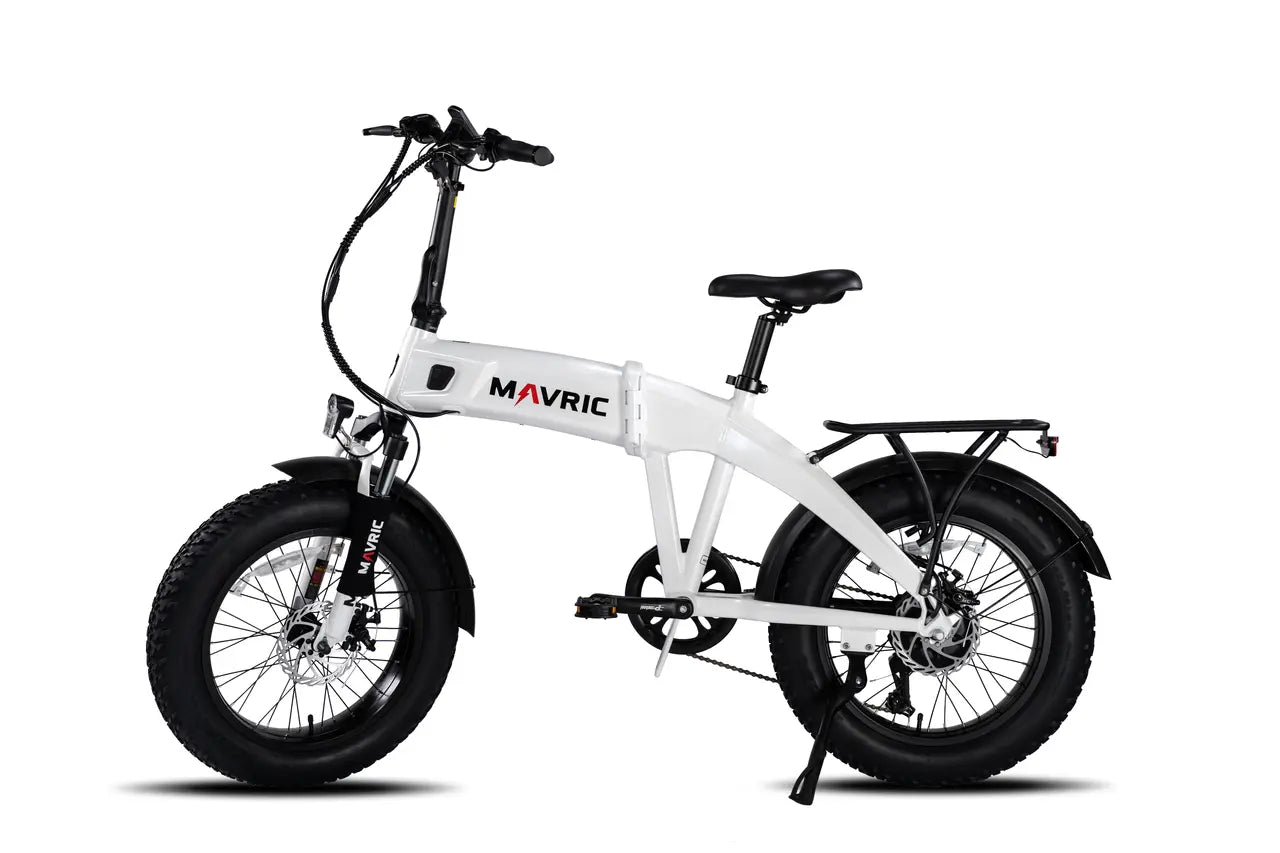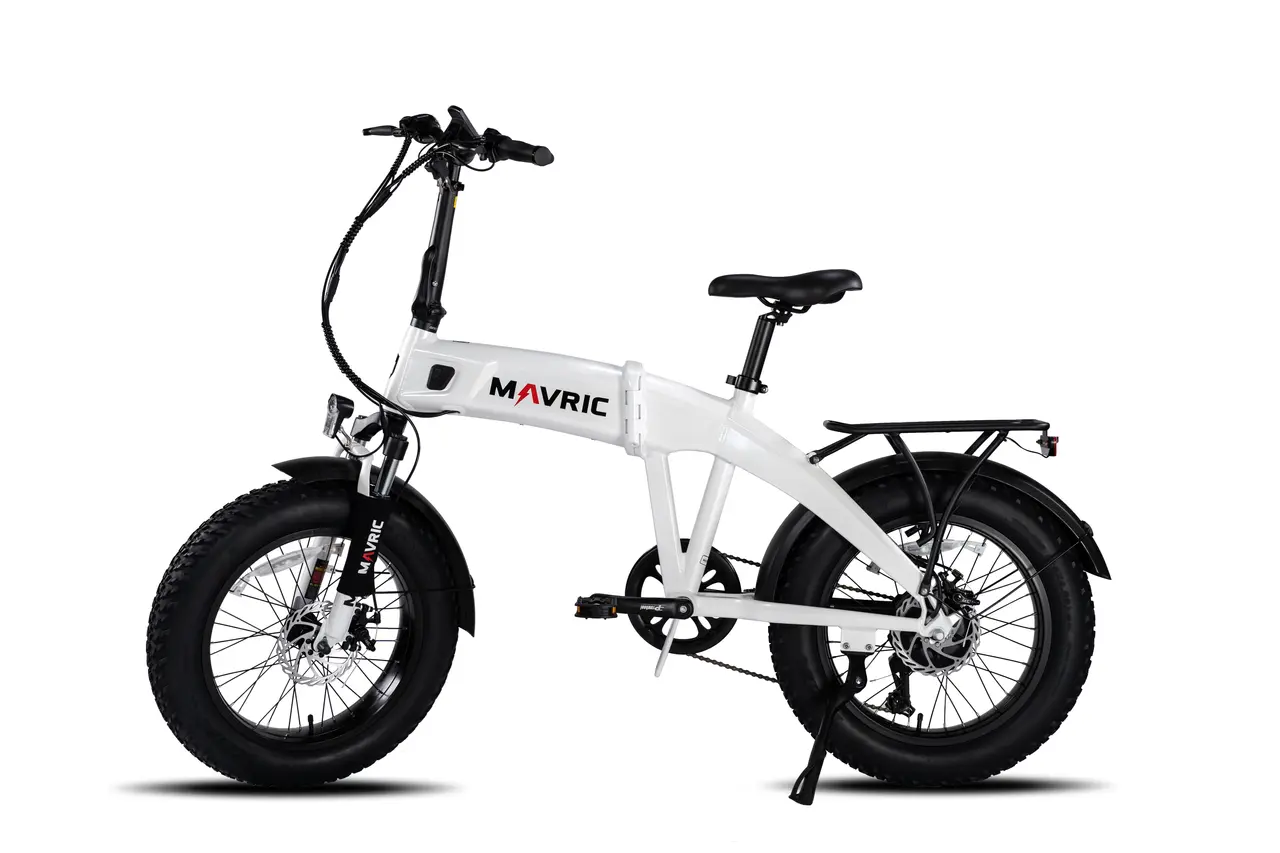Electric bikes are revolutionizing our approach to urban mobility, offering an eco-friendly alternative to conventional vehicles. However, with the adoption of any new technology comes a set of challenges and considerations—battery safety being paramount among them. In this blog, we’ll dive into the critical aspects of electric bike battery safety, ensuring your ride is not only enjoyable but safe.
The Fundamentals of Electric Bike Batteries
Electric bike batteries are more than just a power source; they’re the lifeline of your e-bike. Typically, these batteries are lithium-ion, noted for their high energy density, longer lifecycles, and lightweight design compared to alternatives. Understanding the basic anatomy of these batteries—cells, BMS (Battery Management System), and casing—provides a foundation for grasping how to care for them properly. It’s this insight that helps demystify the technology, making electric bikes a more accessible and appealing option for urban commuters.
The role of the Battery Management System (BMS) in ensuring the safety and efficiency of your e-bike battery cannot be overstated. This sophisticated circuit board regulates the power output, charges, and discharges, and provides critical protections against overcharging, deep discharging, and overheating. By maintaining the optimal operating conditions, the BMS significantly elongates the battery’s life and prevents many common issues that can compromise safety.
Recognizing and Avoiding Battery Hazards
While electric bike batteries are generally safe, certain conditions can pose significant hazards—including the risk of fire. Overcharging, physical damage, and exposure to extreme temperatures are among the leading causes of battery malfunctions. Recognizing the signs of battery distress, such as swelling, leakage, or unusual heat, is crucial for taking swift action. Regular visual inspections can go a long way in identifying potential risks before they escalate.
Beyond recognizing risks, proactive measures can significantly mitigate potential hazards. Using the charger and adaptors provided by the manufacturer, avoiding charging overnight unattended, and steering clear of extreme weather conditions during use and storage are all strategies that enhance safety. Awareness and adherence to these precautions form the backbone of responsible electric bike ownership.
Best Practices for Charging Your E-Bike
Charging your electric bike might seem straightforward, but following best practices can extend your battery’s life. Always charge in a dry, cool place, and preferably on a hard, non-flammable surface to reduce the risk of fire. It’s also advisable to avoid charging immediately after riding to allow the battery to cool down. This not only improves safety but also enhances the battery’s longevity.
Moreover, maintaining your battery’s charge between 20% and 80% can significantly impact its lifespan. Deep discharges and full charges put additional stress on the battery, accelerating wear. Incorporating partial charges into your routine, when convenient, can help in maintaining an optimal state of charge and overall battery health.
Storage Tips for Electric Bike Batteries
Long-term storage of your electric bike poses its own set of challenges. Batteries tend to lose charge over time, even when not in use. Storing your battery at a 40% to 70% charge level is ideal for minimizing degradation. It’s also imperative to store the battery in a cool, dry place, away from direct sunlight and extreme temperatures, to prevent damage and maintain optimal performance.
Regular Maintenance and Safety Checks
Consistent maintenance and safety checks are essential to ensure your electric bike’s battery remains in top condition. Simple actions, such as keeping the battery clean and dry, inspecting for any signs of wear or damage, and ensuring the connections are secure, can markedly reduce the risk of malfunction. Moreover, scheduling regular professional inspections can help identify and resolve any underlying issues before they become serious.
Understanding the Lifecycle of Your Battery
Every electric bike battery has a finite lifespan, typically measured in charge cycles. Understanding this lifecycle—and that capacity decreases over time—can help you set realistic expectations for your battery’s performance and replacement timeline. Monitoring your battery’s health through regular use and maintenance checks can give you a clear indication of when it’s time to consider a replacement, ensuring you’re never caught off guard.
What to Do If You Encounter Battery Issues
Encountering a battery issue can be concerning, but knowing how to respond is key. If you notice any signs of battery distress, such as excessive heat, swelling, or leakage, the first step is to disconnect the battery, if safe to do so, and place it in a safe, non-flammable area away from any combustible materials. Contacting a professional for an assessment is crucial, as they can provide guidance on whether the battery can be safely used or should be replaced. Remember, dealing with battery issues promptly not only ensures your safety but also the longevity of your electric bike.
Safeguarding Your Ride: A Conclusion
As electric bikes continue to gain popularity, understanding and prioritizing battery safety can significantly enhance your riding experience. By adhering to the guidelines and insights shared in this blog, you’re not only protecting yourself but also contributing to the sustainable and responsible use of electric bikes. Safe riding practices, guided by informed decisions about battery care, storage, and usage, ensure that the thrill of riding your e-bike is matched by the peace of mind that comes with knowing you’re taking all necessary precautions.










Leave a comment
This site is protected by hCaptcha and the hCaptcha Privacy Policy and Terms of Service apply.